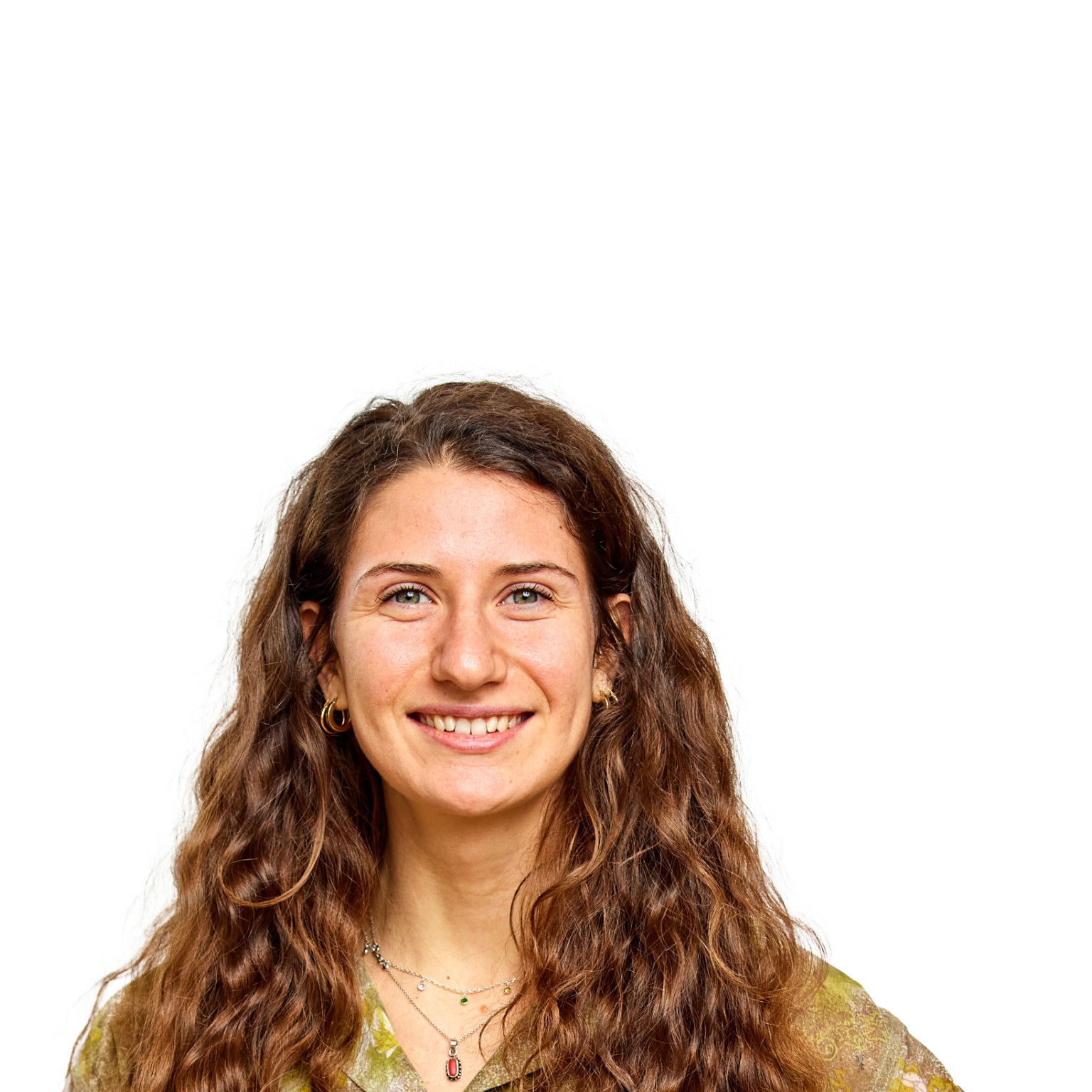Group leader: Prof. dr. Olaf Heidenreich
Functional dissection of leukaemic transcriptional networks
Fusion gene-encoded transcriptional regulators such as RUNX1/ETO or MLL/AF4 drive leukaemia by corrupting haematopoietic gene expression programmes (Ptasinska et al., 2012, 2014). These deregulated programmes include gene products whose continuous expression is required for maintaining leukaemia (stemness). By combining genomic and gene expression analyses with RNAi and CRISPR screens, we functionally identify crucial “transmitters” of fusion genes followed by examination and validation of target genes in tissue culture and in vivo. In subsequent steps, we explore and develop drug combinations that target these validated mediators and pathways. Here, we focus on testing efficacy and selectivity in patient-derived xenograft (PDX) cells both in tissue culture (see also topic 3) and in immunodeficient mouse strains.
Therapeutic targeting of fusion genes by siRNA delivery
We have developed siRNA delivery approaches to target leukaemic fusion transcripts (van Asbeck et al., 2013). For instance, liposomal treatment of mice xenotransplanted with t(8;21) AML cells expressing the RUNX1/ETO fusion gene substantially extends median survival and severely impairs leukaemic self-renewal as judged by serial transplantation assays. We are exploring the decoration of liposomes with receptor ligands in order to enhance their association, in vivo retention and uptake by leukaemic cells and tissues. Furthermore, direct perturbation of fusion genes also generates novel vulnerabilities potentially amenable for drug targeting. We are, thus, exploring possible combinations of liposomal siRNA formulations with small molecular weight compounds (i.e. “classical” drugs) in PDX both in tissue culture (see also topic 3) and in immunodeficient mice.
An ex vivo platform for determining patient-specific treatment responses
Unlike leukaemic cell lines, patient-derived leukaemic cells still represent the clonal heterogeneity present in a patient and, thus, would represent superior models for examining drug efficacy in tissue culture and predicting drug responses in patients. However, the major bottleneck for a more general application of patient-derived cells in drug testing is their low viability in tissue culture. We have addressed this challenge by establishing a human bone marrow-derived MSC platform for prolonged ex vivo culture and expansion of patient material and patient-derived xenografts (PDXs) (Pal et al., 2016). To minimize donor-related heterogeneity of MSCs, we established several MSC-derived iPSC lines that can be differentiated into different niche components including MSC-associated lineages and endothelial cells. We are currently employing these platforms for establishing novel drug combinations in PDX in tissue culture (see topics 1 and 2). One additional important goal of this project is the development of a platform to rapidly validate patient-specific drug sensitivities predicted by genome or transcriptome sequencing results but also to explore and therapeutically exploit the communication of the leukaemic cells with their microenvrionment.
Assi SA, Imperato MR, Coleman DJL, Pickin A, Potluri S, Ptasinska A, Chin PS, Blair H, Cauchy P, James SR, Zacarias-Cabeza J, Gilding LN, Beggs A, Clokie S, Loke JC, Jenkin P, Uddin A, Delwel R, Richards SJ, Raghavan M, Griffiths MJ, Heidenreich O, Cockerill PN, Bonifer C. Subtype-specific regulatory network rewiring in acute myeloid leukemia (2019) Nat Genet. 1(1):151-162. PubMed PMID: 30420649
Martinez-Soria N, McKenzie L, Draper J, Ptasinska A, Issa H, Potluri S, Blair H, Pickin A, Isa A, Chin P, Tirtakusuma R, Coleman D, Nakjang S, Assi S, Forster V, Reza M, Law E, Berry P, Mueller D, Elder A, Bomken S, Pal D, Allan J, Veal G, Cockerill P, Wichmann C, Vormoor J, Lacaud G, Bonifer C, Heidenreich O. The Oncogenic Transcription Factor RUNX1/ETO Corrupts Cell Cycle Regulation to Drive Leukemic Transformation. (2018) Cancer Cell 34: 626–642. PubMed PMID:30300583
Pal D, Blair HJ, Elder A, Dormon K, Rennie KJ, Coleman DJ, Weiland J, Rankin KS, Filby A, Heidenreich O, Vormoor J. (Joint senior authorship). Long-term in vitro maintenance of clonal abundance and leukaemia-initiating potential in acute lymphoblastic leukaemia. (2016) Leukemia 30: 1691-1700. PubMed PMID: 27109511
Ptasinska A, Assi SA, Martinez-Soria N, Imperato MR, Piper J, Cauchy P, Pickin A, James SR, Hoogenkamp M, Williamson D, Wu M, Tenen DG, Ott S, Westhead DR, Cockerill PN, Heidenreich O, Bonifer C. (Joint senior authorship). Identification of a dynamic core transcriptional network in t(8;21) AML that regulates differentiation block and self-renewal. (2014) Cell Rep. 8:1974-1988 PubMed PMID: 25242324
van Asbeck AH, Beyerle A, McNeill H, Bovee-Geurts PH, Lindberg S, Verdurmen WP, Hällbrink M, Langel U, Heidenreich O, Brock R. (Joint senior authorship). Molecular parameters of siRNA--cell penetrating peptide nanocomplexes for efficient cellular delivery. (2013) ACS Nano 7:3797-3807 PubMed PMID: 23600610
Ptasinska A, Assi SA, Mannari D, James SR, Williamson D, Dunne J, Hoogenkamp M, Wu M, Care M, McNeill H, Cauchy P, Cullen M, Tooze RM, Tenen DG, Young BD, Cockerill PN, Westhead DR, Heidenreich O, Bonifer C. (Joint senior authorship). Depletion of RUNX1/ETO in t(8;21) AML cells leads to genome-wide changes in chromatin structure and transcription factor binding. (2012) Leukemia 26:1829-1841 PubMed PMID: 22343733


















